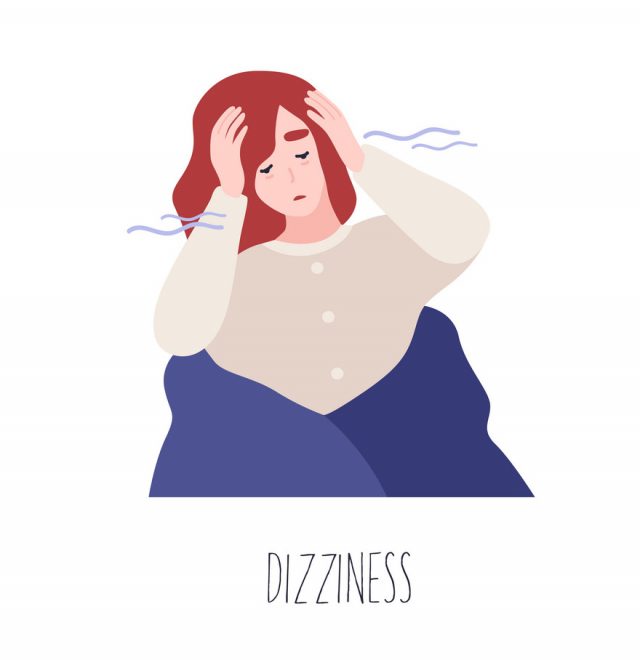
I think most of us take a fully functioning body for granted. We don’t appreciate when our lower back doesn’t ache, or when we can breathe without congestion, only realising how lovely those things are when they are gone. And our vestibular system is particularly underrated. It is a tiny part of the inner ear that provides a sense of balance and relays information about our body’s position to allow for quick, compensatory movements in response to us moving our own bodies, or external forces. When it is working, we feel secure and organised in our bodies.
My experience with a vestibular disorder is with Benign Paroxysmal Positional Vertigo (BPPV). One of the most common vestibular disorders, and one of the most easily treated. It is also quite misunderstood or misdiagnosed. Most people with whom I have shared my experience have never heard of it, and if you dive into Reddit forums, tales of people who have seen a trail of doctors about their dizziness before stumbling upon a YouTube video and fixing it themselves are frighteningly numerous.
I first experienced BPPV in 2014. Playing with my young children, I threw myself backwards onto the bed and BAM – the room started spinning. Terrified, I sat up, the spinning continued and I was overcome with nausea to the point of vomiting. I hoped this was perhaps an early migraine symptom, and not a stroke, so I took two tablets for that and slept for a couple of hours.
Upon waking, I noticed I felt pretty much normal, but laying on one particular side would bring on the dizziness again. After a consultation with Dr Google, it seemed the most likely cause was this thing called Benign Paroxysmal Positional Vertigo, a condition which is responsible for about 20% of all dizziness cases that present to medical professionals. I saw an actual GP who confirmed it wasn’t anything more serious than BPPV (but didn’t do anything to confirm it was) and said it would probably resolve on its own.
In layman’s terms, what happens in BPPV is calcium crystals, called otoconia, decide to have a wander from where they should usually be (the utricle) into the fluid-filled semi-circular canals. The ear interprets these crystals moving within the liquid as your head moving when it’s not, hence the dizziness. A diagnosis of BPPV can be confirmed by the presence of vertigo when moved in certain positions AND a particular eye movement called a nystagmus – basically the eyes bounce rapidly as the brain desperately tries to match up the incorrect information it is receiving from the ear about what the heck you are doing.
This nystagmus helps the health professional work out which canal contains the rogue crystals and from there a series of head positioning manoeuvres can get the crystals back to where they belong.
It wasn’t until 2017, when I had a second episode and saw another GP, that I was referred to a physiotherapist who specialises in vestibular disorders. They were able to give me a thorough diagnosis and take me through the correct treatment – a series of head movements called canalith repositioning procedures – to fix it.
They are quite simple, although do induce the dizziness, as the head is moved in such a way to get the loose crystals out of the canal and back to the utricle. I picture it as one of those old-school toys where you have to roll the ballbearing through a maze to the hole.
You can even do these at home yourself and there are plenty of resources online that demonstrate – but a visit to someone with vestibular training is best to confirm it is BPPV and not something else.
I see a vestibular physiotherapist, but there are also chiropractors, ear, nose and throat specialists, audiologists and GPs with this training.
The exercises can make you feel worse than the symptoms, especially if there are multiple loose crystals or it has been going for a while. These generally settle down after a day or two. BPPV can also resolve on its own, but can take up to three months.
It is my hope that by sharing this experience and information if one of you ever roll over in bed, or change position and get wildly dizzy this article will pop into your memory and perhaps bring some calm. You will remember that it is not life threatening, usually easily fixed with some non-invasive head exercises and know where to go to seek treatment.







